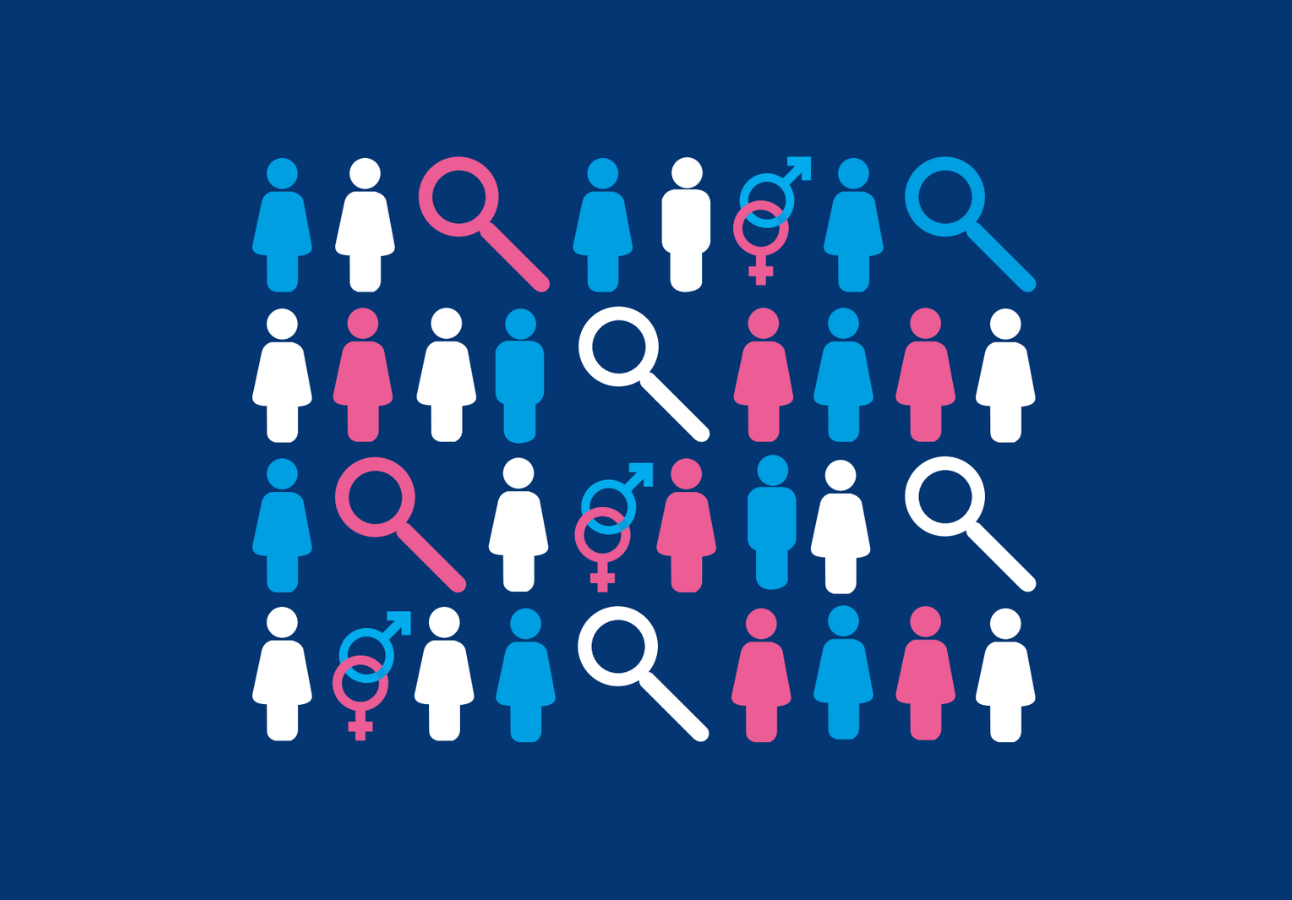
The Problem with Forced Marriage Legislation
Maz Idriss is a Lecturer in Law at Manchester Metropolitan University. In 2015, Maz wrote an article in the Criminal Law Review about the criminalisation of forced marriage in England and Wales. In this short blog, he discusses some of the points arising from that article about whether the forced marriage legislation has had the desired effect of combating this major human rights violation.
A forced marriage occurs where one or both spouses are forced into marriage without their consent, or where consent is ostensibly given; there has been duress or coercion. Forced marriages are somewhat different to ‘arranged marriages’ where parents and relatives may help in the selection or choosing of marriage partners, although the ultimate decision to enter into marriage lies with the person/s entering into a marriage contract.
However, there may sometimes be ‘slippage’ or a ‘blurred line’ between what is an ‘arranged’ and what is ‘forced’. Parents and relatives may present a range of marriage partners for a person to choose from, but if one analyses the dynamics and nature of those relationships, certain marriage scenarios may be more ‘forced’ when presented as ‘arranged’. For the purposes of this blog, I will solely be focusing on ‘forced’ marriages – those cases where consent is clearly absent.
It is fair to state at this juncture that there are no accurate statistics on forced marriages in the UK. There are statistics available from the Forced Marriage Unit (FMU) that provides a glimpse of the nature and the extent of the problem. The latest statistics by the FMU in 2015 (as of 8 March 2016) state that the FMU gave advice or support in 1,200 cases, with 80% involving female victims and 57% of cases involving South-Asian communities.
Yet these statistics do not reflect the extent to which forced marriages exist – as a hidden crime and a form of domestic abuse, commentators agree that it is underreported and any statistics that are cited are likely to be substantially less than the actual incidences that take place. What explains underreporting? This could be for a number of reasons – victims may fail to report their abuse due to a number of fears – they may be scared to report their families to the authorities and may be scared of the repercussions if they do report their abuse.
Forced marriage reforms
In June 2014, the government introduced the Anti-Social Behaviour, Crime and Policing Act 2014, which amended the Forced Marriage (Civil Protection) Act 2007 and the Family Law Act 1996. It created a new separate offence of Forced Marriage as well as criminalising breaches of Forced Marriage Protection Orders (FMPOs). FMPOs under the 2007 Act were previously only a civil remedy. An FMPO stipulated certain conditions aimed at protecting victims from forced marriage, including a prohibition of forcing a person into marriage, not to take a person abroad to take part in a forced marriage and the surrender of passports (including the victim’s). If an FMPO was breached, it was considered a contempt of court and a person was liable to serve a custodial sentence of up to 2 years, a fine or both. The FMPO nevertheless was ‘civil’ in its nature as was treated as a breach of an order of the court.
However, under the June 2014 reforms, breaches of an FMPO now constitute a breach of the criminal law (although it also retains its civil/family law nature, as FMPOs are issued in the family courts). If the police or the Crown Prosecution Service (CPS) decides to instigate criminal proceedings, a breach of an FMPO can now result in a term of imprisonment of up to 5 years, although it depends on which route is taken – civil or criminal. Victims who have experienced breaches of FMPOs have dual routes to choose – they can either choose to enforce breaches in either of the civil or criminal jurisdictions (but not both).
The offence of Forced Marriage separately can also result in perpetrators being sentenced up to 7 years for forcing a person into marriage (even if there is no FMPO in place).
However, have these reforms worked? The new offences empower victims to make complaints and to rely on the state to positively end their ordeals. Criminalisation in both areas is a positive step because it demonstrates that the government has a strong intention to challenge what it sees as a major human rights violation. Criminalisation under the 2007 Act was not pursued because the original drafters and proponents of the legislation had hoped that the civil remedy would curb instances of forced marriage without the criminal law. However, in the lead up to the 2014 reforms, the FMU had consistently reported over 1,200 cases on average, which some suggested showed that the 2007 Act had lacked ‘teeth’ to address the problem. Now that we have criminalisation for breaches of FMPOs and a separate forced marriage offence, the government has argued that it provides a major deterrent and perpetrators will think twice about committing this horrendous act because of the substantial custodial sentences and penalties involved.
Furthermore, as breach of FMPOs and forced marriage now constitutes separate criminal offences, the police no longer have to ask the civil court’s permission to arrest perpetrators for contempt of court – as separate criminal offences, the police can investigate a complaint and make arrests as soon as a complaint is made (whether by a victim or a third party). This is a positive step because the police can now, on its own volition, investigate complaints and make arrests as a state agency with the responsibility to protect members of the public from crime. With just the private civil jurisdiction, family members may exert pressure upon the victim not to pursue civil remedies – now that both offences constitute crimes under the criminal law the police can now investigate a matter itself.
The consequences of criminalisation
However, a major concern about criminalisation is whether victims retain a sense of control over proceedings. With the civil remedy alone, the victim was able to decide what course of action to take. With criminal proceedings, there is the possibility that control will be taken away from victims – with the police and CPS deciding to go ahead with criminal prosecutions, potentially ignoring the wishes of victims. This could lead to catastrophic consequences, especially if the victim states that they may be harmed or even killed for shaming the family if a prosecution is brought. While the CPS prosecution guidance on its website on forced marriages state that the views and opinions of victims will be considered, there is no guarantee that a prosecution will not be brought if the victim disagrees. Thus, victims may feel that power and control to initiate proceedings (and which route to pursue) is taken out of their hands.
Furthermore, the new law is complicated by the fact that perpetrators are often family members, including parents and loved ones. While victims may want to escape forced marriages, some may not want to see their mothers or fathers prosecuted because of the love and emotional attachments involved. Thus, some victims may choose to tolerate forced marriages to avoid parents being prosecuted. The ‘shame’ and ‘dishonour’ associated with bringing a prosecution against family members may also dissuade some from coming forward and reporting crimes. Criminalisation may also prove ineffective due to the burden of proof in criminal proceedings, which is much higher than the civil jurisdiction – there is no guarantee that prosecutions will be successful because the CPS will have to prove to the jury ‘beyond reasonable doubt’ that an offence has been committed. In the latest figures provided by the CPS in its VAWG Crime Report for 2015-2016, there was a 60.4% prosecution success rate for forced marriage, honour-based violence and female genital mutilation. If prosecutions are unsuccessful, what further danger does this pose for victims within their wider familial settings and community networks?
There is also a concern that the new law may stigmatise certain communities and increase racial hostility against those who are perceived to practice forced marriages, namely South-Asians and Muslims. This may have a negative effect and prevent victims from reporting forced marriages for the fear of confirming racial stereotypes and increasing Islamophobia at a time when Islam and Muslims are under attack for supposedly being responsible for committing acts of terrorism, forced marriage, honour-based violence and grooming offences.
In the first year of the new reforms between June 2014 and June 2015, The Guardian also reported that there was only one successful prosecution under the new offence of forced marriage – and that was not a traditional case of forced marriage one would normally associate with the offence either. This was a case in Wales of a married man who committed rape, voyeurism, forced marriage and bigamy – it was not a case of parents forcing a child to marry a person against their will. In this sense, the legislation has proven far from being effective. As noted earlier, despite criminalisation the FMU still reported in 2015 that it dealt with over 1,200 cases of forced marriages. Perpetrators have not been deterred by the substantial sentences available for breaches of FMPOs and for forced marriage.
In pursuit of preventative measures
In my 2015 article (and in another article that I wrote for the International Journal of Comparative and Applied Criminal Justice in 2017), I argued that criminalisation was unnecessary due to the small number of breach hearings for FMPOs and the fact that most FMPOs (prior to the 2014 reforms) appeared to be complied with. While I understand the importance and the declaratory effect of the law, criminal justice responses are not the only option. Preventative measures and responses to deal with the problem of forced marriages must also be pursued. This includes aiming education and awareness at local communities, schools, colleges and universities about the wrongs and ills of forced marriages and information about where victims can access support. There must be increased funding from the government to support these initiatives by specialist support organisations and activists. The government must not rely solely on a criminal justice response, which it seems to have done.
In relation to education and awareness, initiatives should also be aimed at men in order to destabilise patriarchal ideologies that supports men’s oppression of women. Again, this should be led by specialist support organisations and activists, but with the support and assistance of more men. The battle to end forced marriages and honour-based violence (as the two are inextricably linked) cannot be won by feminists and women alone – men (in particular, South-Asian men) must be prepared to stand up and to be counted and argue that forced marriage and honour-based violence are anything but honourable. We need to shift the narrative and make people realise that forced marriages and honour-based violence are dishonourable acts and expressly go against the tenets of Islam. In this way, we can inform and challenge the causes of forced marriages, as well as challenge the racist stereotypes that exist. Victims do not benefit from forced marriages; similarly no one benefits from attacks on other people’s religions and cultures.
You may also be interested in

Coercive control

